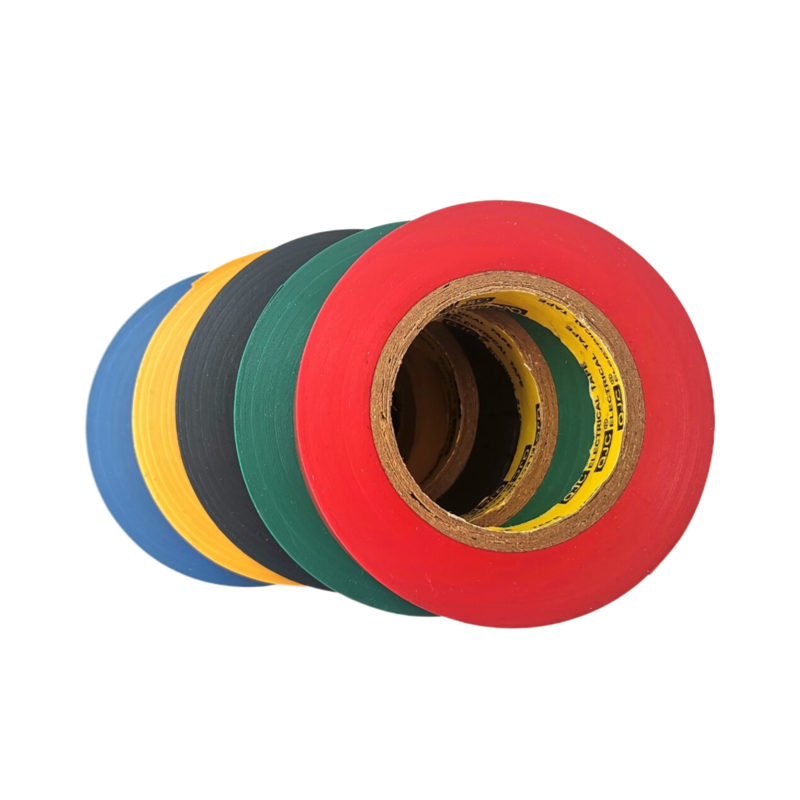The Different Types of Intumescent Strips Enhancing Fire Safety
Intumescent strips are essential components in modern fire safety systems, designed to provide passive fire protection in buildings. These strips expand when exposed to heat, creating a barrier that helps to prevent the spread of smoke and flames. This expansion can seal gaps in doors, windows, and other building elements, ensuring that fire doesn't easily travel from one compartment to another. Understanding the different types of intumescent strips and their applications is crucial for effective fire safety management.
1. Door Intumescent Strips
One of the most common applications for intumescent strips is in fire doors. Fire doors are critical in limiting the spread of fire and smoke. Intumescent strips for doors are typically installed along the edges of the door and in the frames. When subjected to high temperatures, these strips can swell to several times their original thickness, filling the gap between the door and frame. This expansion not only improves the door's fire-resistance rating but also enhances its sound insulation properties. Various materials, including rubber and graphite, are used in these strips, offering flexibility and durability.
2. Window Intumescent Strips
Another important application is in windows. Intumescent strips are utilized around window frames to block smoke and flames. If a fire occurs, these strips expand and seal off the area, preventing smoke from entering or escaping. In addition to smoke control, window intumescent strips can also provide thermal insulation, reducing heat transfer and protecting the interior of buildings. They're often made from non-combustible materials that contribute to the overall fire-resistance of the glazing systems in structures.
3. Electrical and Cable Intumescent Strips
types of intumescent strips

Intumescent strips are also used in protecting electrical and cable penetrations within walls and ceilings. These strips are designed specifically to seal around electrical conduits and cable passes, which are potential pathways for flames and smoke. When exposed to high temperatures, the intumescent material expands, blocking these openings and maintaining the integrity of fire-rated barriers. This helps to ensure that fire cannot spread through these critical penetrations, maintaining the compartmentalization intended in fire-resistant designs.
4. Pipe and Duct Intumescent Strips
Pipes and air ducts are common features in buildings that can compromise fire safety. Intumescent strips applied around these penetrations provide protection by sealing off spaces where smoke and flames might escape. Fire-rated ducts may include intumescent materials that expand in response to heat, thereby preventing the unintended spread of fire through ventilation systems. The use of these strips in conjunction with proper fire stopping measures is essential for creating a comprehensive fire protection strategy.
5. Self-adhesive Intumescent Strips
With the advancement in fire safety technology, self-adhesive intumescent strips have become increasingly popular. These strips are easy to install without the need for additional adhesives or fasteners, making them a convenient option for both new constructions and retrofitting existing structures. They offer a reliable solution for enhancing fire safety with minimal disruption during installation.
Conclusion
Understanding the various types of intumescent strips and their specific applications is essential for anyone involved in building design, construction, or fire safety. By effectively sealing off gaps and cracks during a fire, these strips play a critical role in safeguarding lives and property. As regulations around fire safety continue to evolve, the use of intumescent materials will likely become even more integral to residential and commercial building standards. Investing in quality intumescent strips can enhance the overall fire performance of any structure, contributing to a safer environment for occupants.
-
The Versatility of Cloth Insulation TapeNewsApr.07,2025
-
The Power of Self Amalgamating Silicone TapeNewsApr.07,2025
-
The Importance of Weatherstrip Seal: Your Ultimate Protection SolutionNewsApr.07,2025
-
Tape Electrical Insulation: A Reliable Solution for Your Electrical NeedsNewsApr.07,2025
-
Discover the Wonders of Electrical Splicing TapeNewsApr.07,2025
-
Discover the Versatility of PVC Electrical TapeNewsApr.07,2025
